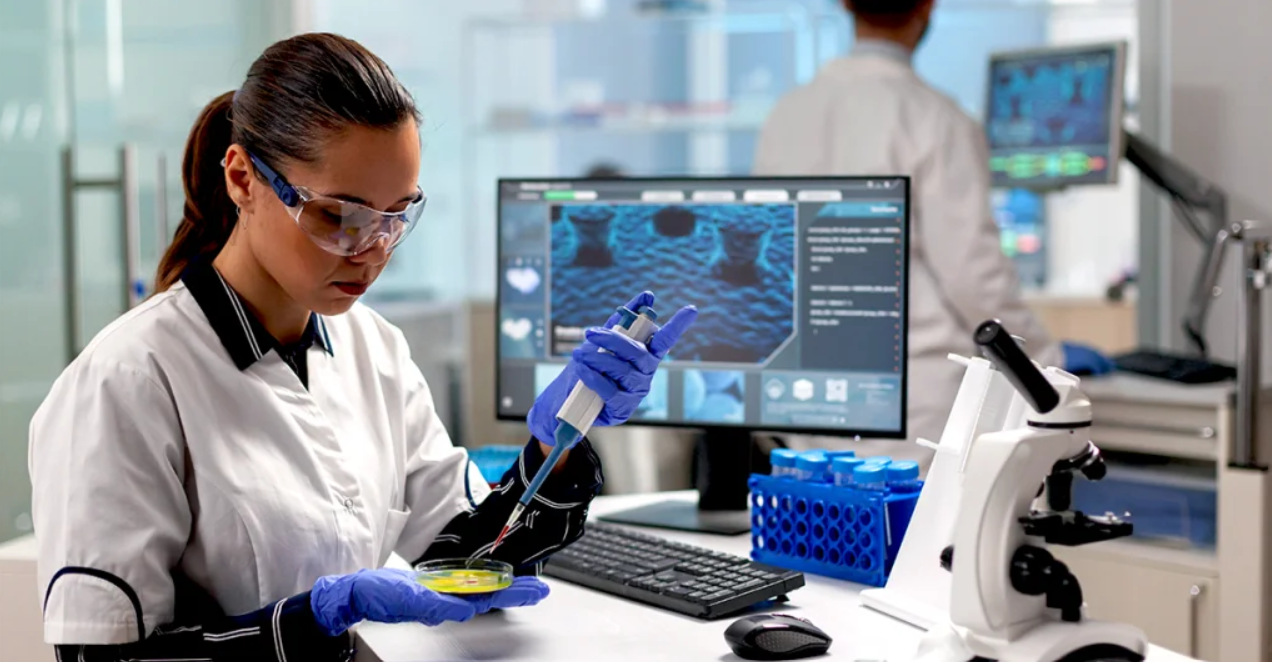Personalized Treatment Plan — Step-by-Step Process
At Viezec we follow a structured, evidence-based process to determine the right stem cell approach for each patient. Below is the typical pathway — from first consultation through long-term follow-up — highlighting what you can expect and why each step matters.
1. Initial Consultation
A specialist reviews your medical history, current symptoms, and prior treatments. This conversation helps us understand your goals and whether stem cell therapy is potentially appropriate.
Book a consult or request medical records for pre-evaluation.
2. Clinical Assessment & Diagnostics
We order targeted tests (imaging, bloodwork, functional scales) to objectively measure the condition and rule out contraindications. Results guide cell source selection and treatment intensity.
Typical tests: MRI/X-ray (for orthopedics), EMG/NCS (for nerve issues), autoantibody panels (for immune disorders).
3. Personalized Treatment Plan
Our multidisciplinary team synthesizes clinical data to recommend: the stem cell type (autologous/allogeneic/MSCs/iPSCs), delivery route (injection, IV, intrathecal), number of sessions, and adjunct therapies.
We also discuss expected benefits, realistic timelines, risks, and alternative options so you can give informed consent.
4. Cell Collection & Processing
If autologous, stem cells are harvested (e.g., bone marrow aspiration, adipose lipoaspirate). If allogeneic, donor units are sourced from certified banks and undergo rigorous screening and standardized processing.
Processing is performed under GMP-like conditions with sterility checks and potency verification before release for use.
5. Administration of Therapy
Cells are delivered using the method best suited to the condition — for example intra-articular injections for joints, intrathecal or epidural injection for spinal cord applications, or intravenous infusion for systemic conditions.
Procedures are performed by experienced clinicians with imaging guidance when required to ensure accuracy and patient comfort.
6. Post-Treatment Care & Rehabilitation
Recovery protocols and rehabilitation are personalized — physiotherapy, activity modification, and supportive medications (if needed) help maximize therapy benefits and functional recovery.
We provide clear aftercare instructions and a schedule for incremental progress checks.
7. Follow-up & Long-term Monitoring
Scheduled follow-ups assess clinical improvement with objective measures and ensure safety. We monitor for both short-term adverse events and long-term outcomes to refine future care.
Outcome metrics and imaging at 3, 6 and 12 months (or as clinically indicated) help determine success and next steps.





